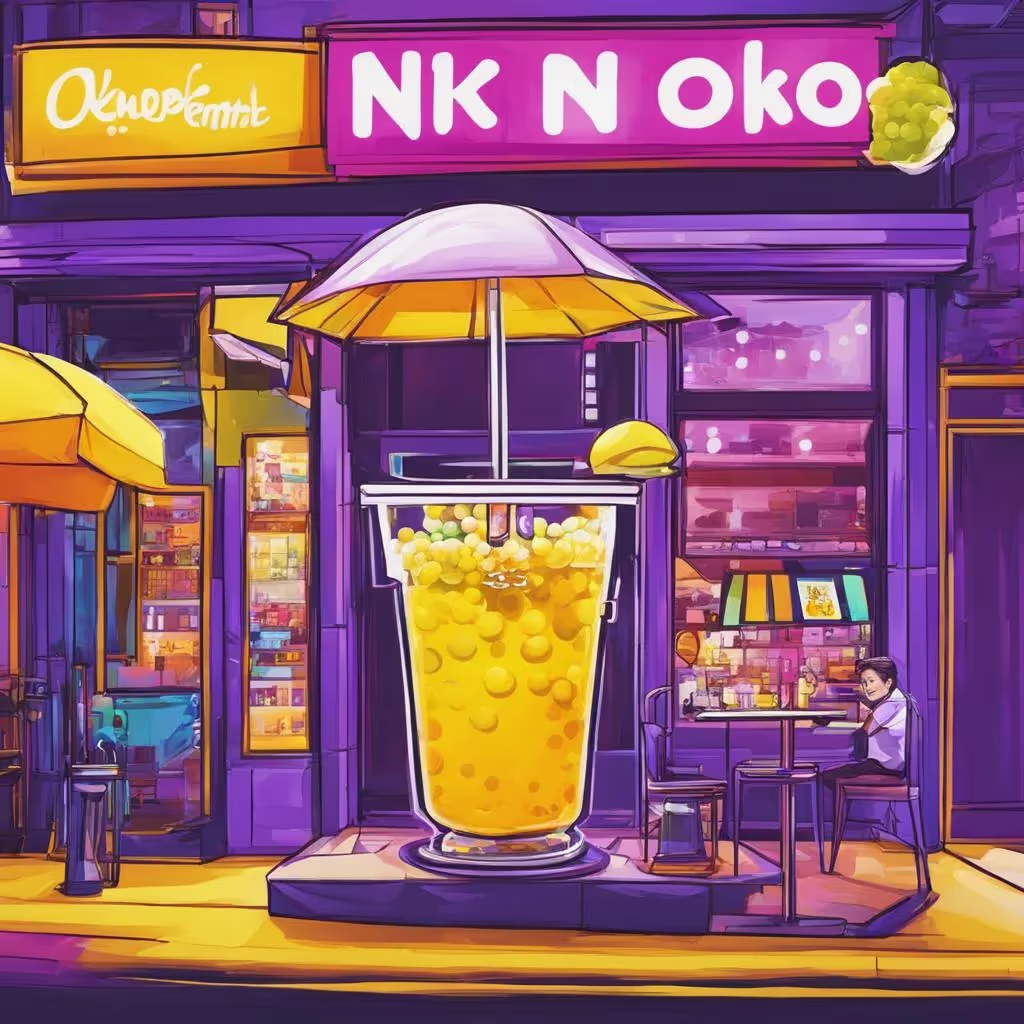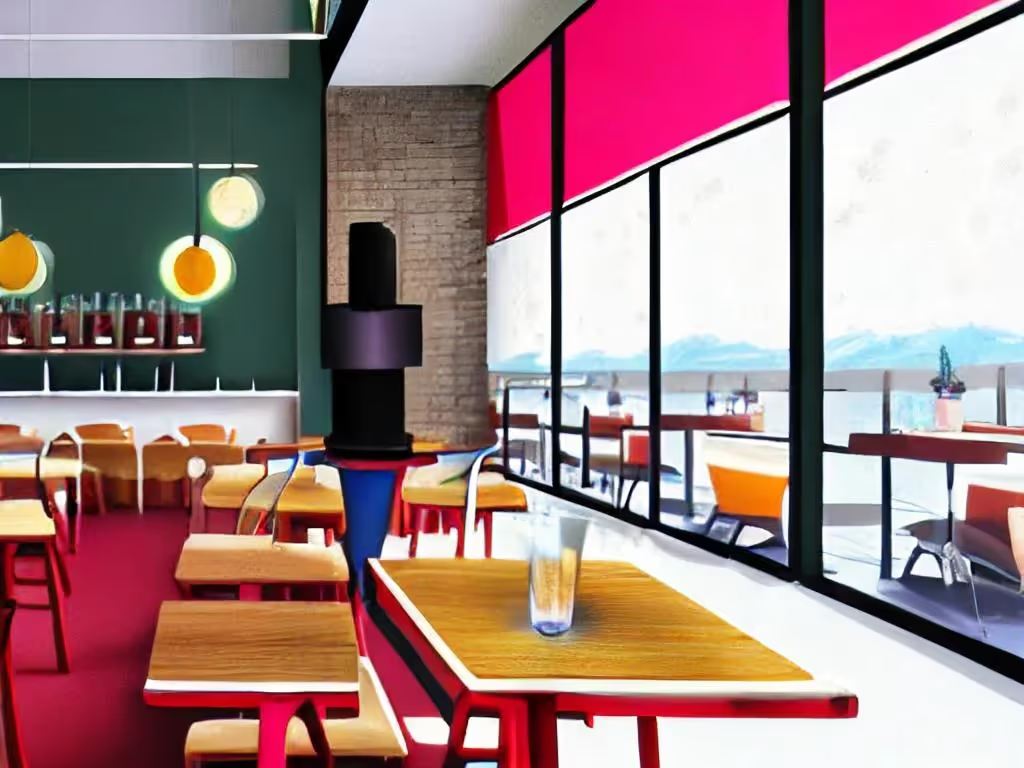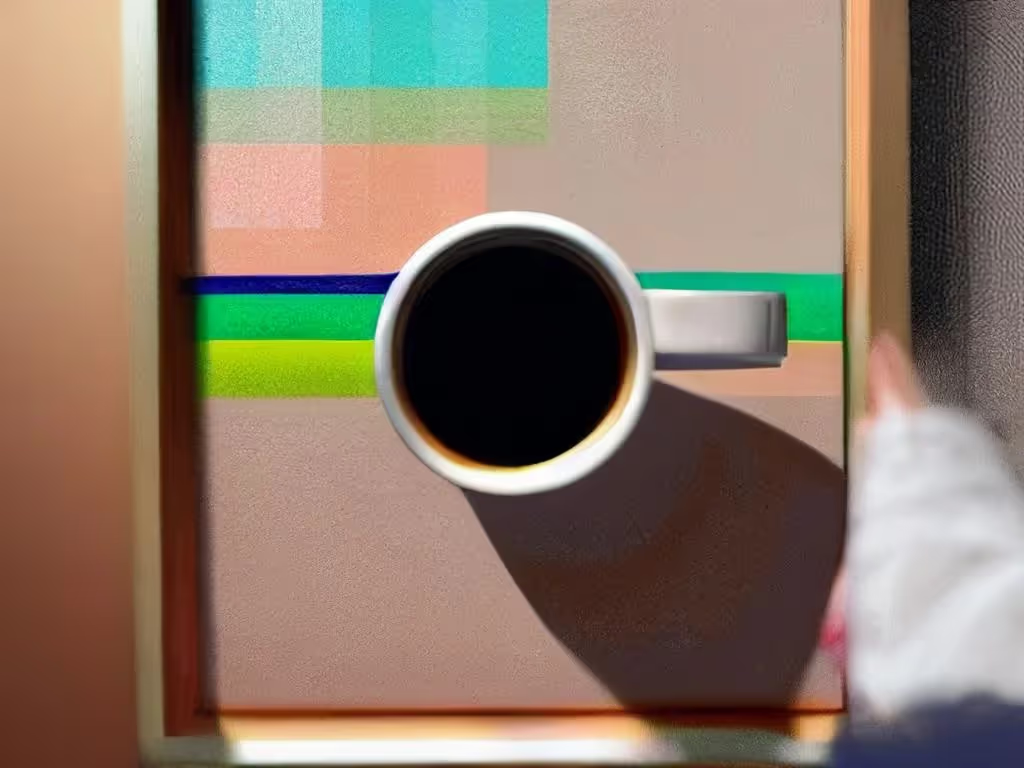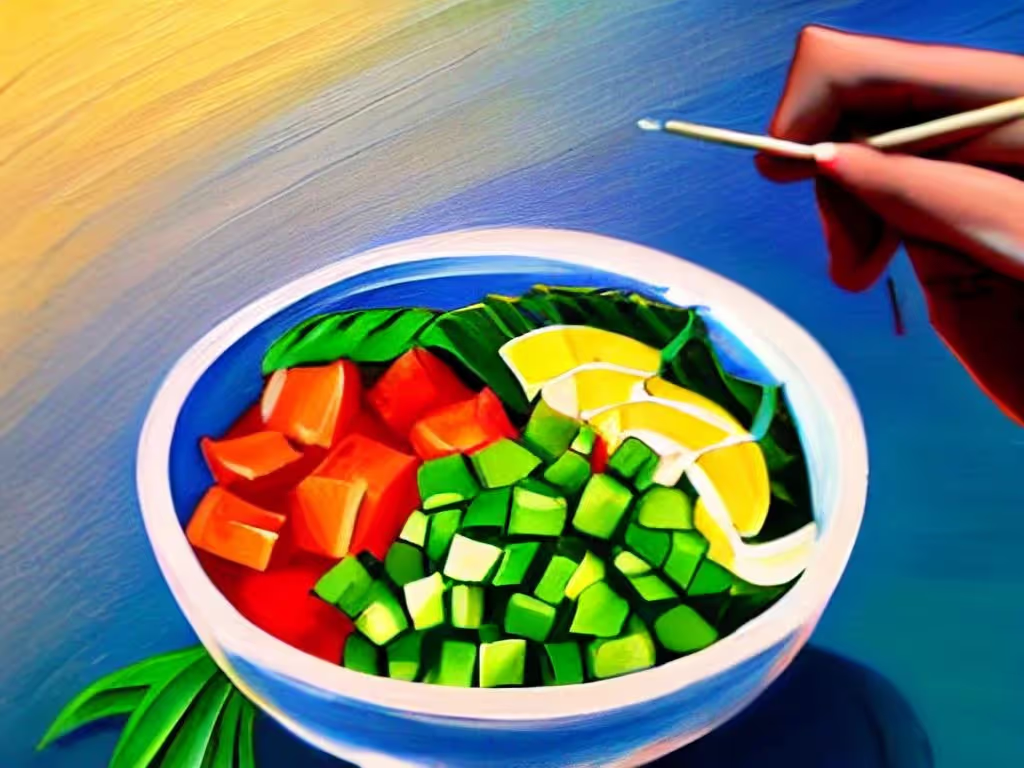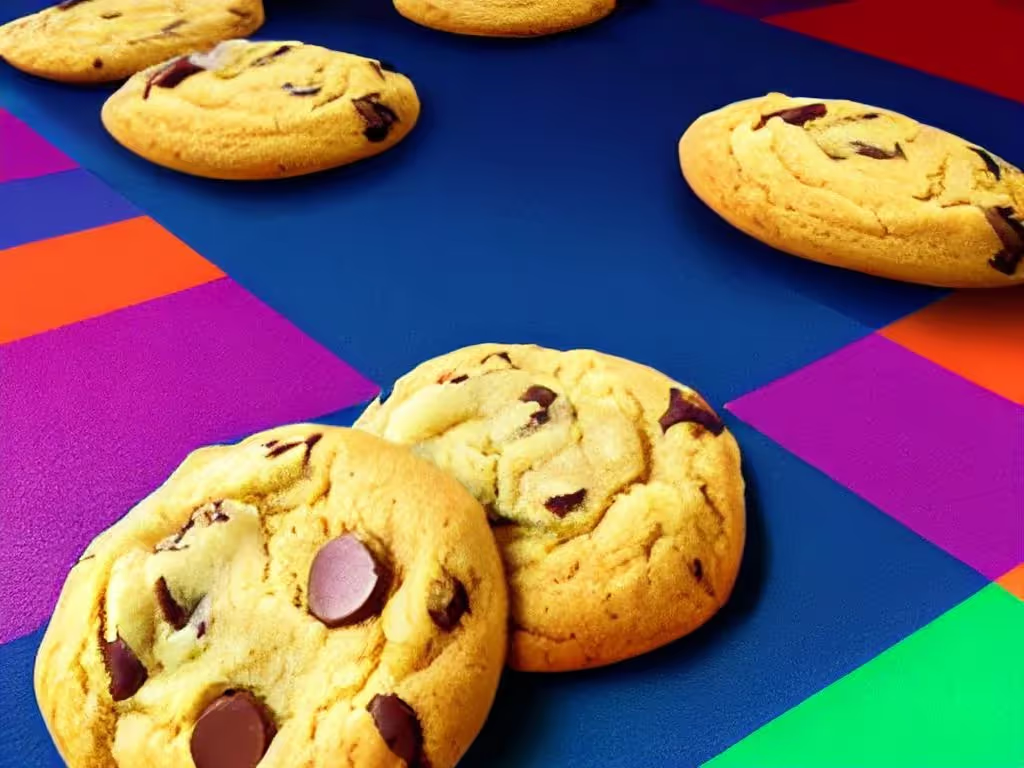TLDR
You're out running errands, and you stop by your favorite spot for a quick bite. You order using the restaurant's new mobile ordering app, and you're asked to provide your email address in order to receive a digital receipt.
Great news: this small act can help reduce paper waste and conserve precious resources like water. Read on to learn more about how mobile ordering apps are helping to go green, and how you can make a difference with just a few clicks.
What Are the Environmental Impacts of Paper Restaurant Receipts?
When you order your food at a restaurant, do you ever think about the environmental impacts of the receipt? Probably not. But the fact is, paper receipts have a huge negative impact on the environment.
For starters, 90% of paper receipts contain BPA or BPS—endocrine disruptors that can interfere with our hormones. And generating all those receipts creates over 4 billion pounds of CO2 every year, as well as 302 million pounds of solid waste.
But there's a way to reduce all that waste: using a mobile ordering app that eliminates the need for paper receipts. Just scan a QR code from your phone to get your receipt, and you're done. Not only does this help reduce the restaurant's paper footprint, but it also saves you time and hassle.
How Much Water Does It Take to Produce a Paper Receipt?
It takes approximately 10 million trees and 1 billion gallons of water to produce paper receipts in the United States annually, according to a study by Green America. And that's just in the U.S.—the problem is global.
What's even more alarming is that nearly all paper receipts are coated with BPA and BPS, two synthetic chemicals that are known as endocrine disruptors. These chemicals can interfere with the body's natural hormones, and have been linked to health problems like cancer, infertility, and diabetes.
It takes approximately 390 gallons of oil to produce 1 ton of paper, so by steering clear of paper receipts and using a mobile ordering app instead, we can reduce our dependence on fossil fuels and help protect the environment.
What Can Happen When Receipts Go to Landfill?
Think about every receipt you've ever received. Now multiply that by the number of people in the United States. That's a lot of paper receipts going to the landfill every year.
In fact, it's estimated that between 70-78% of all paper receipts are disposed of in this way, and that's not good news for the environment. For starters, MILLIONS of trees are logged each year to create the paper for receipts. It's also impossible to recycle receipts that have been treated with chemicals (like those from retail stores).
This is where mobile ordering apps can help make a difference. By eliminating the need for paper receipts, we can reduce our reliance on disposable paper products and help reduce landfill waste.
Bad Health Caused by Paper Receipt Production Processes
You might not know this, but the production of paper receipts is actually really bad for your health—and the environment's.
For starters, nearly all paper receipts (a whopping 90%) are coated with BPA or BPS, which are endocrine-disrupting chemicals that can interfere with your hormones. Studies have linked exposure to these chemicals to a whole host of health problems, including cancer, fertility issues, and developmental problems in babies and children.
And it's not just your health that's at risk—the production and disposal of paper receipts generates a ton of unnecessary waste. In fact, it's estimated that production and disposal of just one paper receipt uses up to 17 gallons (64 l) of water! And if that's not enough to convince you to switch to mobile ordering, I don't know what is.
Mobile Ordering Apps: Why They Can Be More Sustainable Than Using Physical Receipts
Did you know that paper receipts account for 1 billion trees worth of paper each year? Or that the average American spends approximately 18 hours per year waiting in line to order food?
With mobile ordering apps, you can order your food without having to wait in line, and without having to use a paper receipt.
Plus, did you know that digital marketing is more environmentally friendly than traditional paper marketing? It's true! So by using a mobile ordering app, you can help reduce the amount of paper waste, and help save the environment.
How Mobile Ordering Apps Can Eliminate Paper Receipts To Help Protect the Environment
Did you know that by using a mobile ordering app, you can help protect the environment? That's right—these apps can eliminate the need for paper receipts, and businesses often save these receipts for up to seven years.
Not only does this mean that there's less paper waste, but it also means that fewer trees need to be cut down to produce paper receipts. And since it takes a lot of water to produce paper, this also helps reduce the amount of water used in the manufacturing process.
So next time you're ordering food or drinks, be sure to use a mobile ordering app and do your part to help save the environment.
Conclusion
So, what can you do to help the environment?
Start by using a mobile ordering app when you eat out. Not only will this help reduce the amount of paper receipts that are produced, but it will also help save huge amounts of water. And, since the app can keep a record of your orders, you won’t have to worry about losing your paper receipts.


.webp)


.webp)
.png)
.webp)

.avif)
.webp)
.webp)
.webp)

.webp)







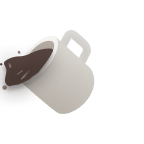









.svg)





.svg)
.svg)
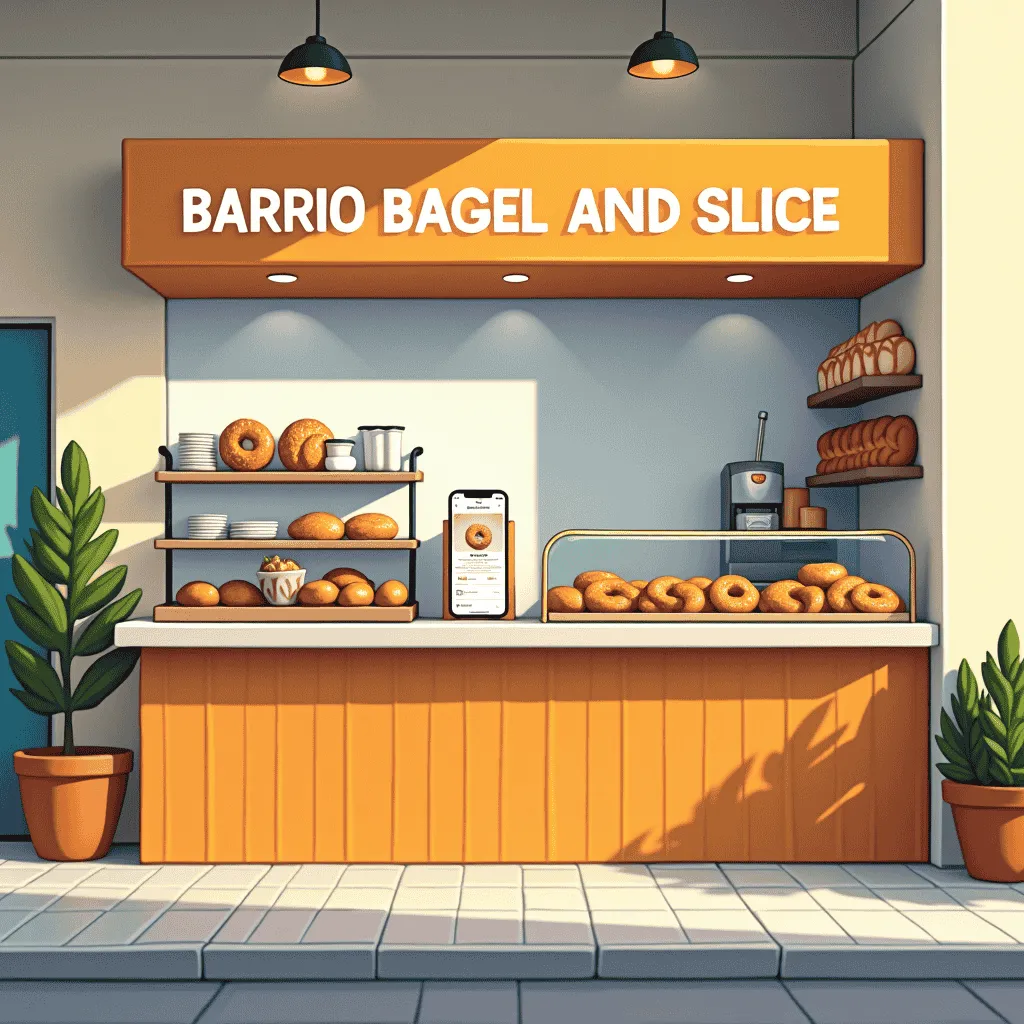


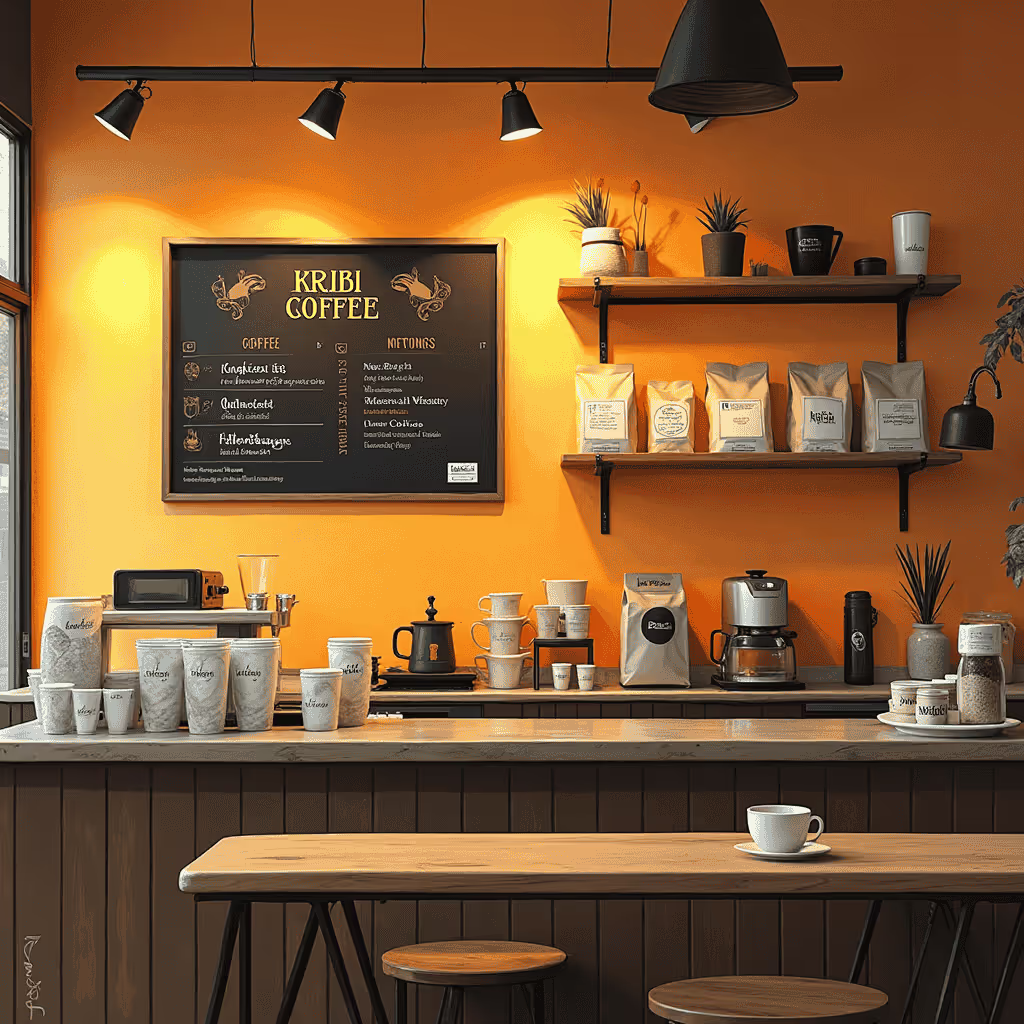
.avif)


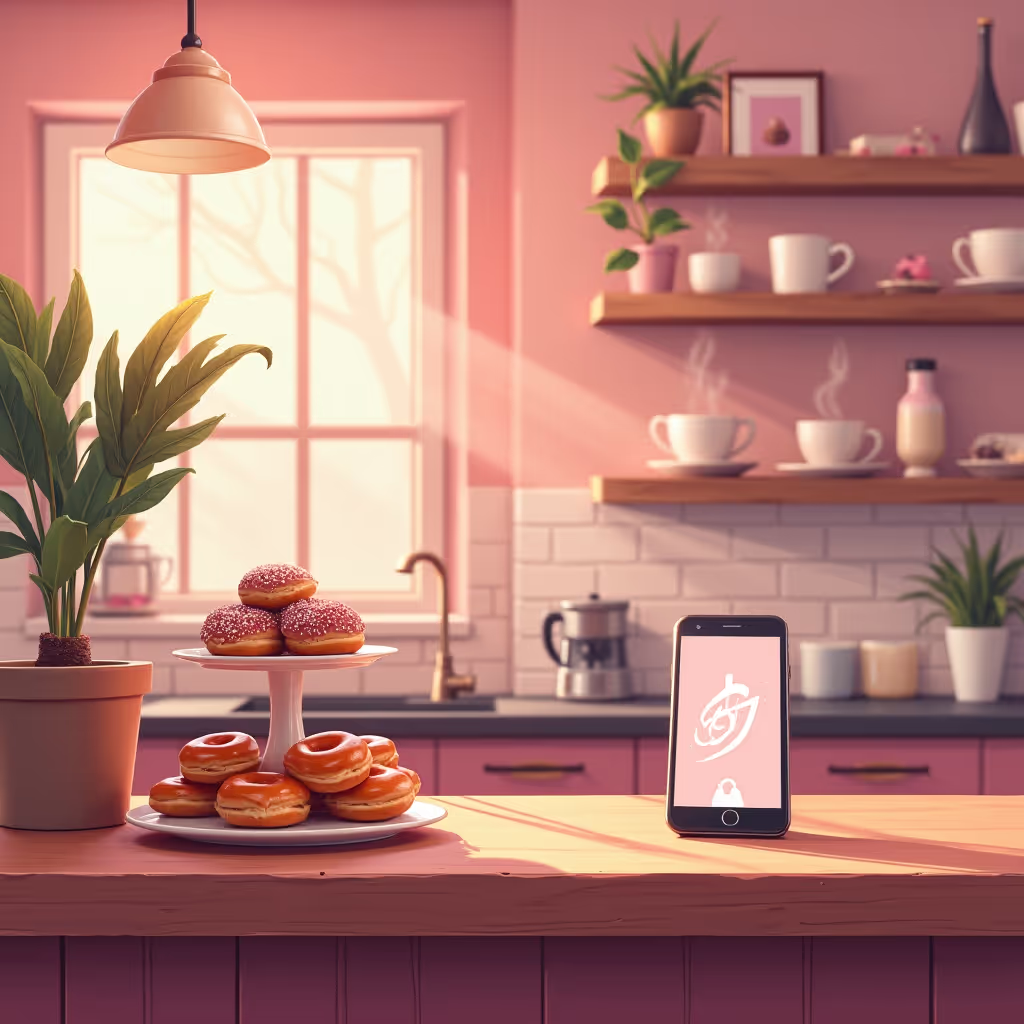
.avif)
.avif)

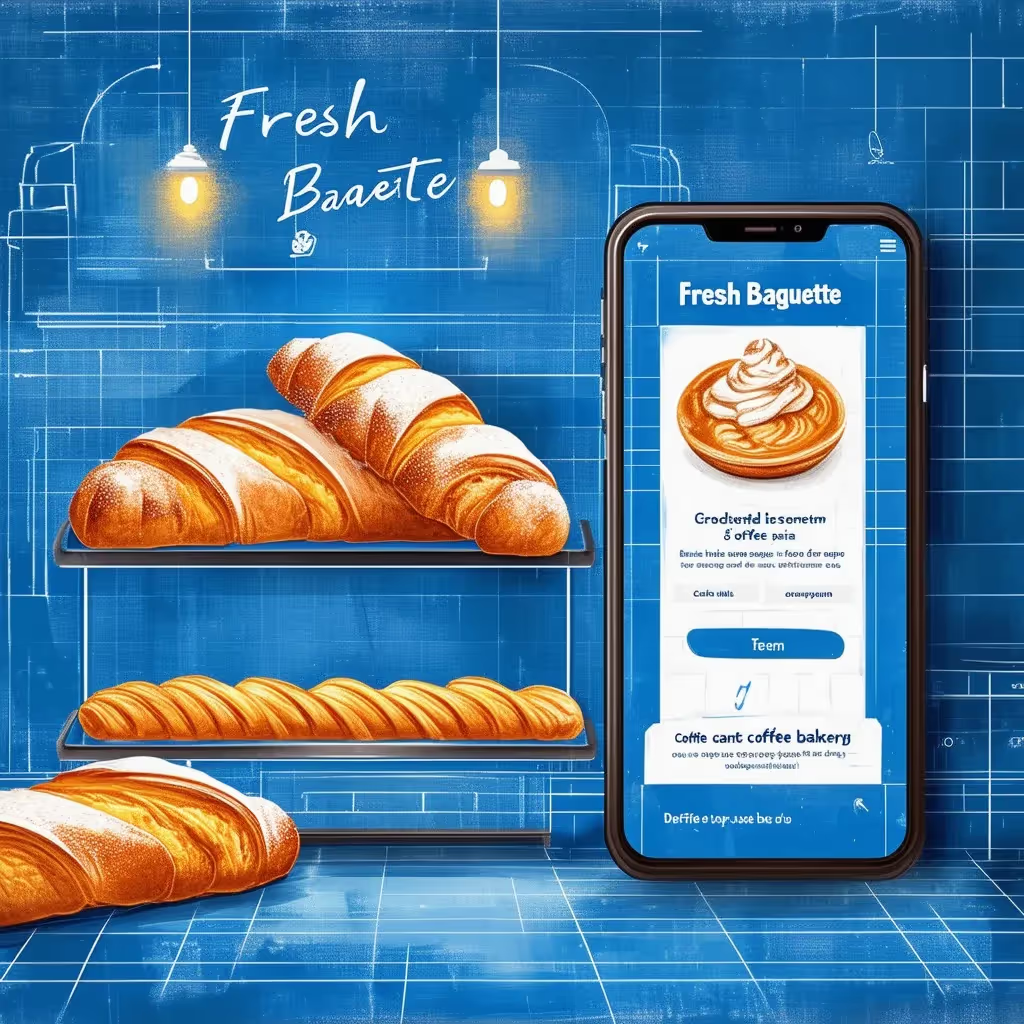
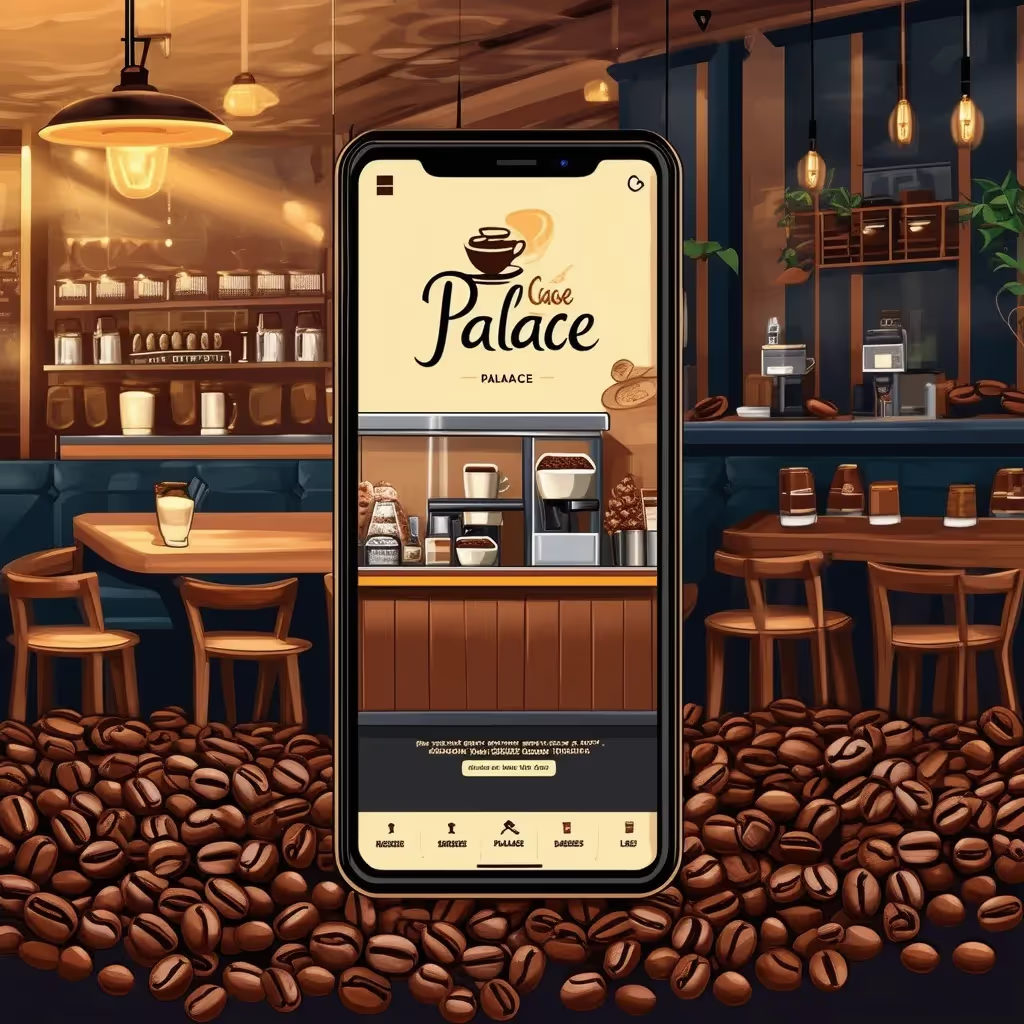

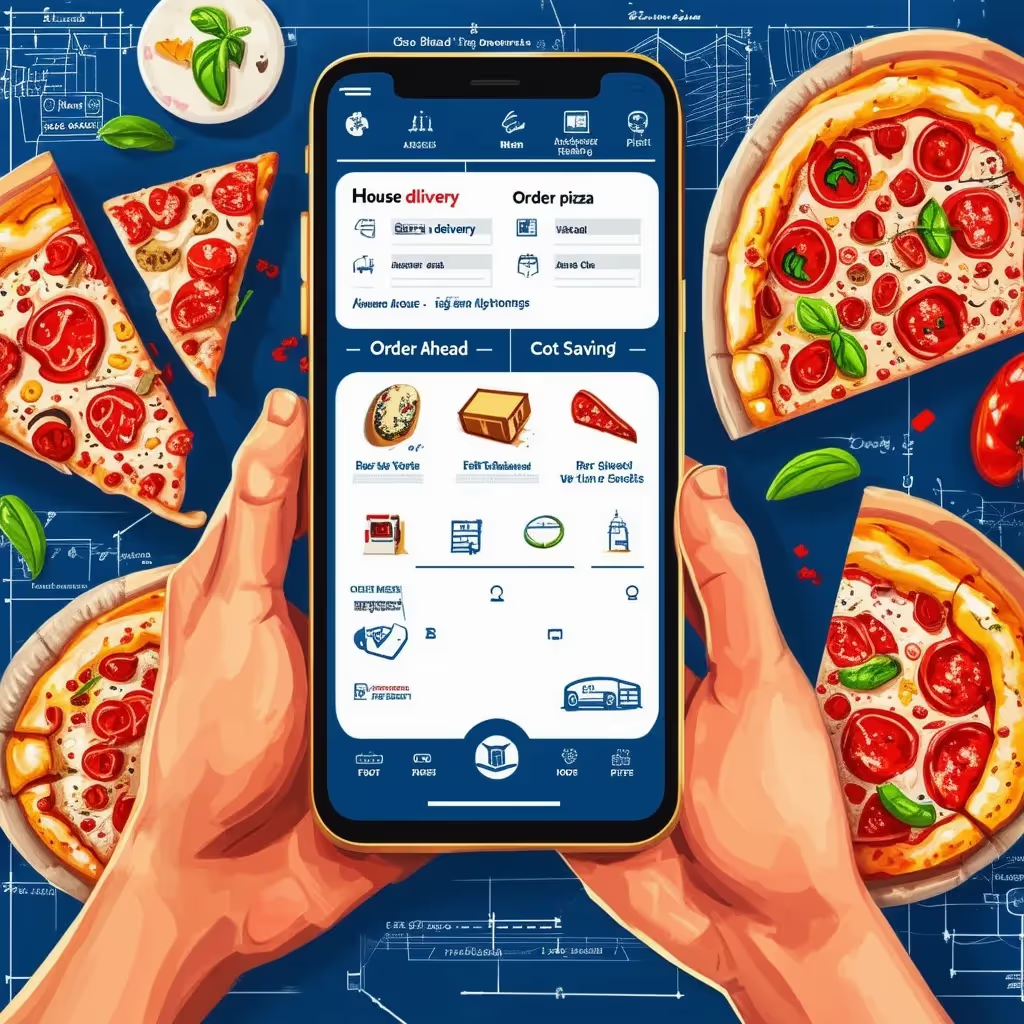




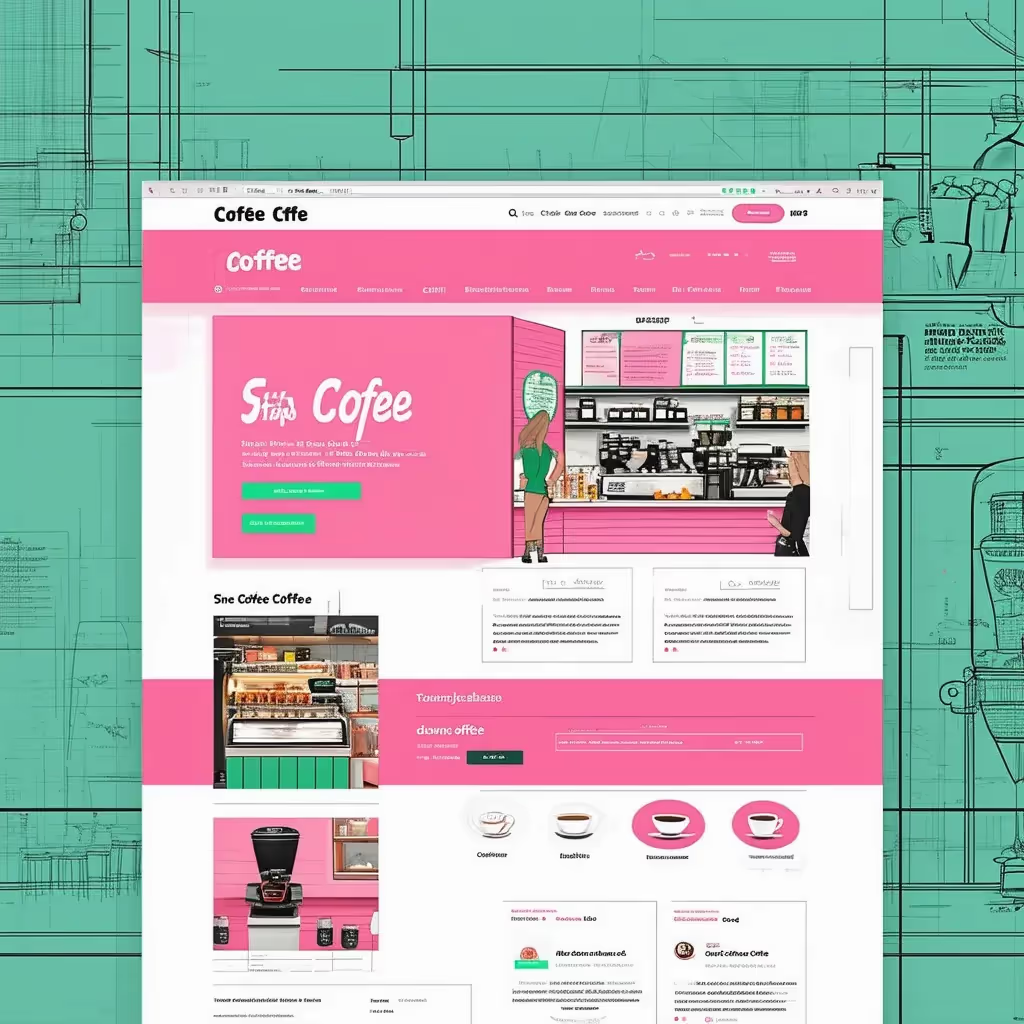
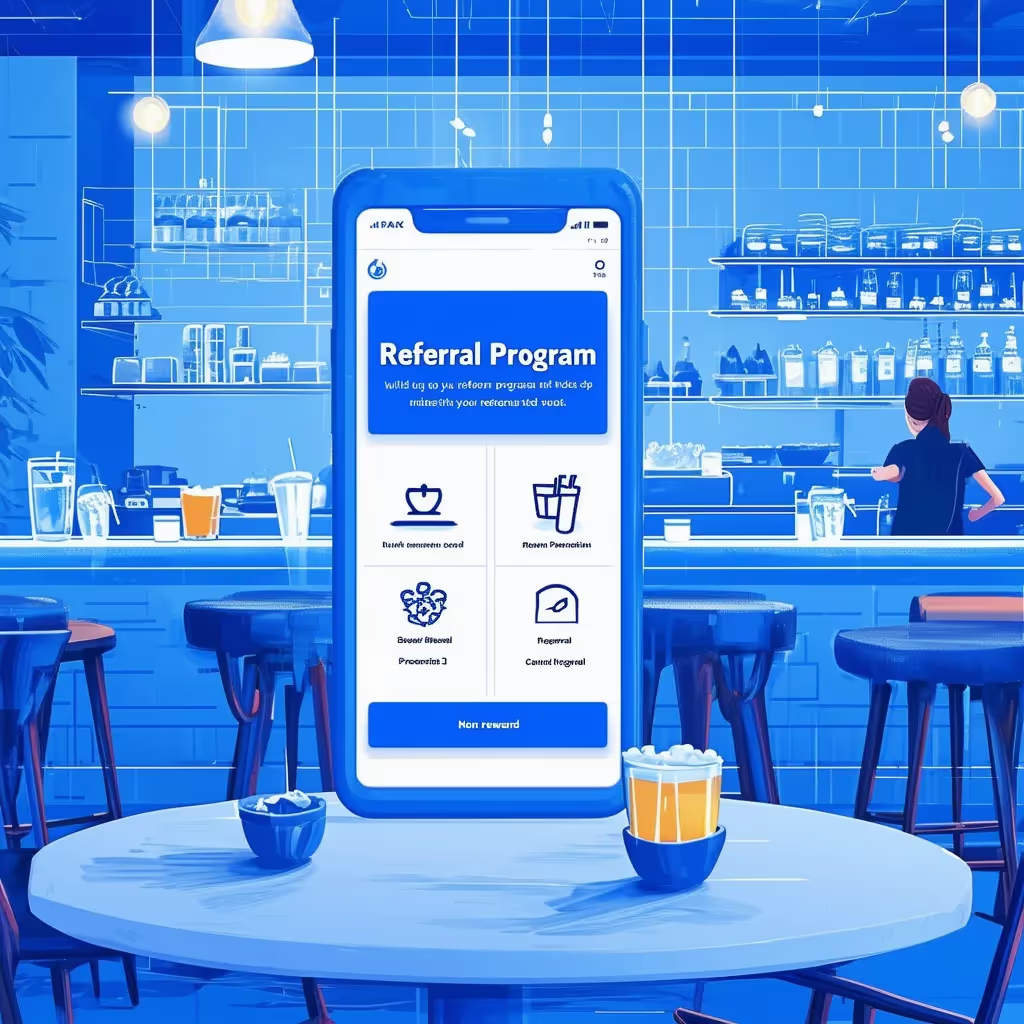


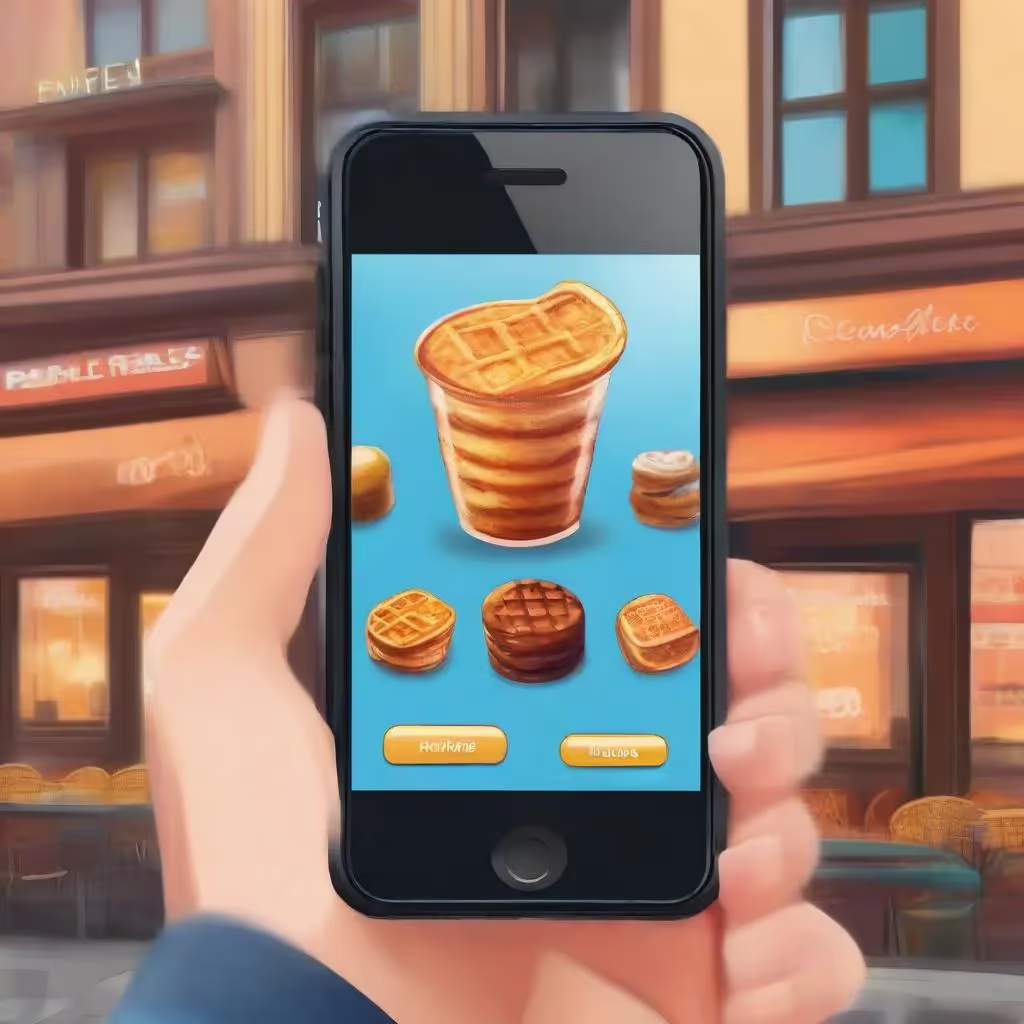


.avif)





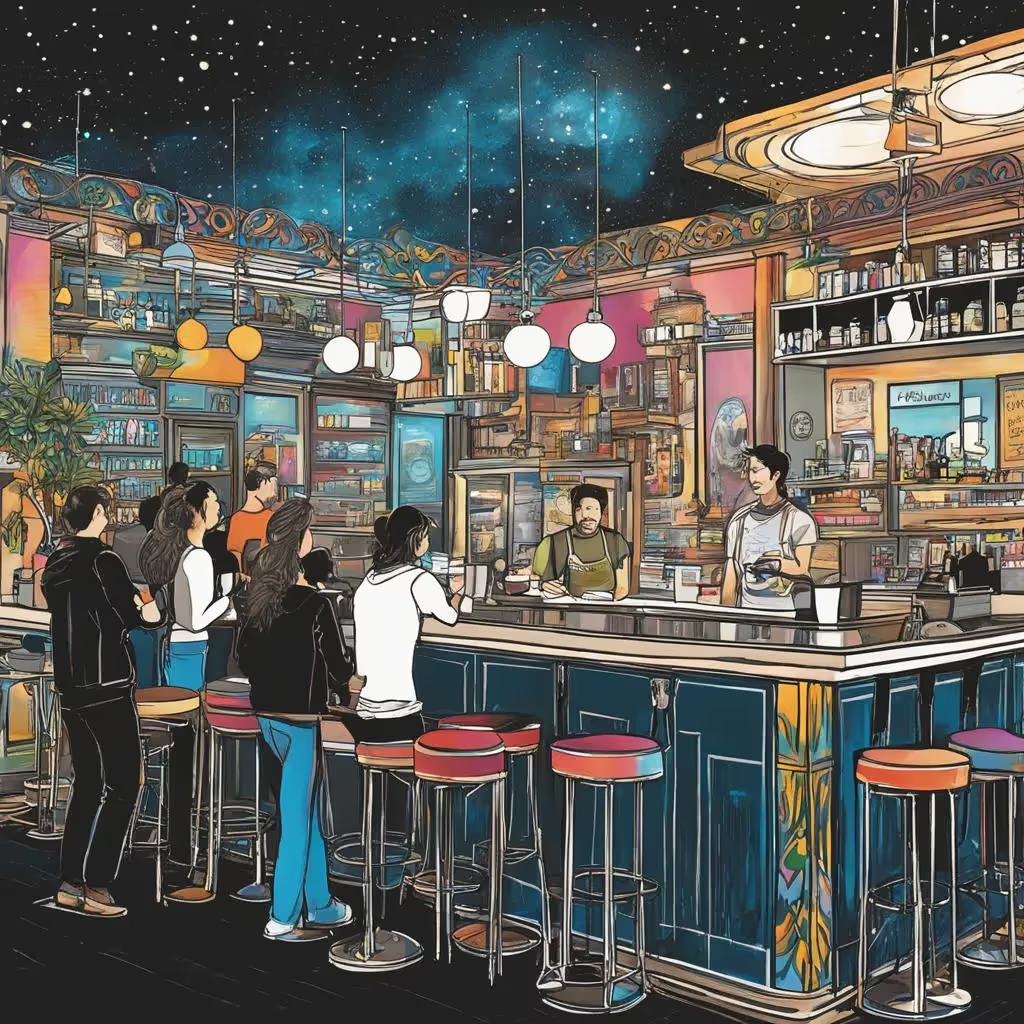
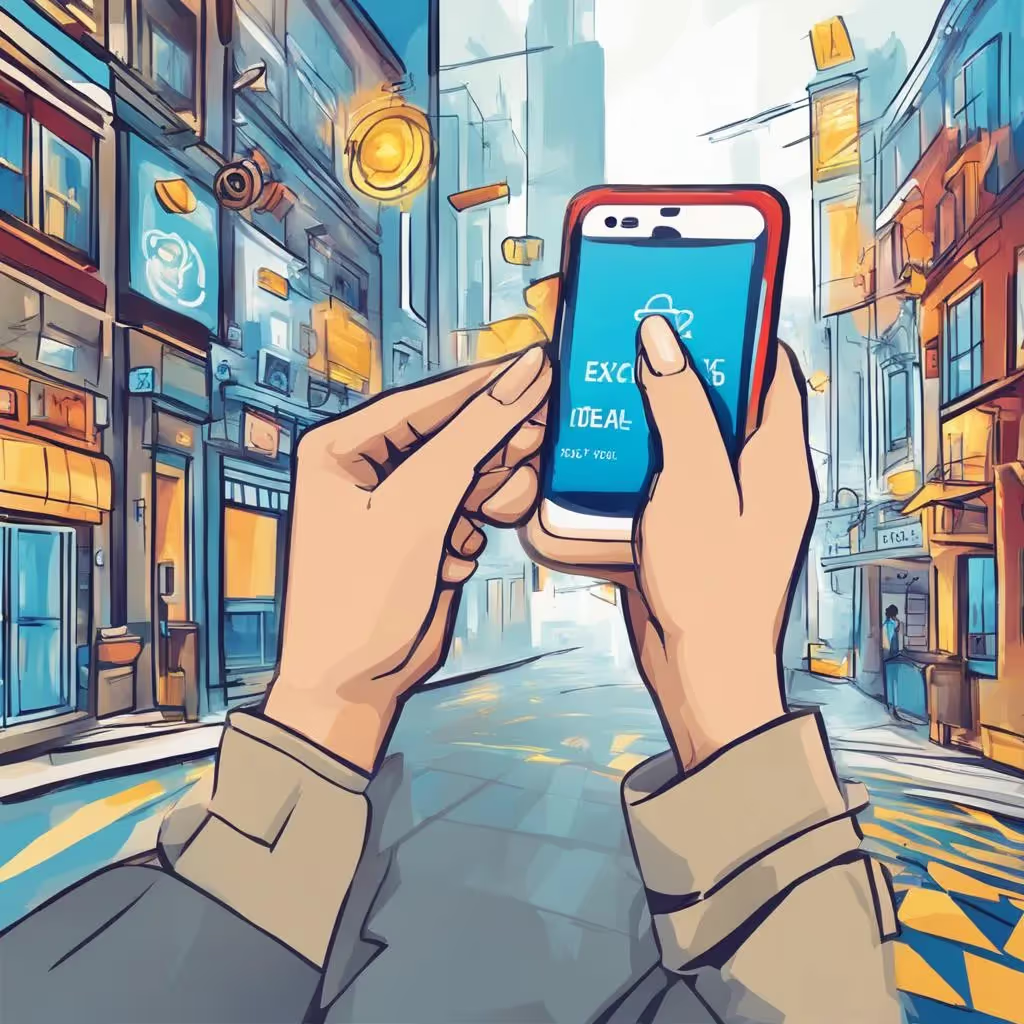

.avif)
